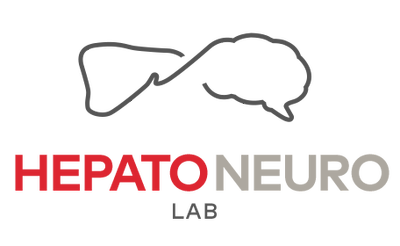Background: The pathogenesis of hepatic encephalopathy (HE) is multifactorial involving gut-derived toxins such as ammonia. Liver disease leads to hyperammonemia and neurotoxic levels of ammonia which have been demonstrated to induce oxidative stress. Therefore a primary treatment target for HE is to decrease ammonia production in the gastrointestinal tract. AST-120 (spherical carbon adsorbent), an oral adsorbent of engineered activated carbon microspheres with surface areas exceeding 1600m2/g works as a sink for neuro- and hepato-toxins present in the gut. In this study, we evaluated the protective effect of AST-120 in attenuating brain edema and the capacity of AST-120 to lower arterial ammonia and oxidative stress in rats with cirrhosis. Methods: Secondary biliary cirrhosis was induced in rats by bile duct ligation (BDL) for 6 weeks. BDL and SHAM-operated rats received AST-120 by gavage in methylcellulose (MC) at a dose of 0.1 or 1g/kg/day for 6 weeks. Control BDL and SHAM-operated groups received MC only. AST and ALT were measured at the end of the treatment period to assess liver function. Ammonia and reactive oxygen species (ROS) were measured in arterial plasma using a commercially available kit and DCFDA-fluorescent technique respectively. Brain water content was measured in the frontal cortex using the specific gravimetric technique. Results: AST-120 was well-tolerated with no deaths in either of the treatment groups. Brain water content increased in BDL vs SHAM-operated rats (81.8 ± 0.1% vs 81.3 ± 0.2%, p<0.05). Both 0.1 and 1g/kg/day AST-120 treatments normalised brain water content in BDL rats. Arterial ammonia increased in the BDL control group vs SHAM-operated controls (175.5 ± 48.1uM vs 105.3 ± 27.3uM, p<0.05) and decreased significantly in BDL 0.1g/kg/day (118.0 ± 6.4uM, p<0.05) and BDL 1g/kg/day (75.4 ± 31.4uM, p<0.05). Circulating levels of ROS were significantly increased in BDL vs SHAM-operated rats (11 fold, p<0.001). AST-120 treatment did not attenuate arterial levels of ROS compared to respective SHAM-operated controls. Liver functions enzymes, AST and ALT, were increased in all BDL rats compared to their respective SHAM-operated controls (p<0.001). Conclusions: AST-120 treatment normalized brain water content and decreased arterial ammonia levels but did not demonstrate an effect on systemic ROS. Long-term treatment with AST-120 is a safe, non-antibiotic alternative demonstrating a significant ammonia-lowering effect, as well as a protective effect on the development of brain edema in rats with chronic liver failure. Additional studies are warranted to evaluate the effects of AST-120 on HE in patients with advanced liver disease.

